What is zero-party data?
Published on April 10, 2025/Last edited on November 11, 2025/13 min read
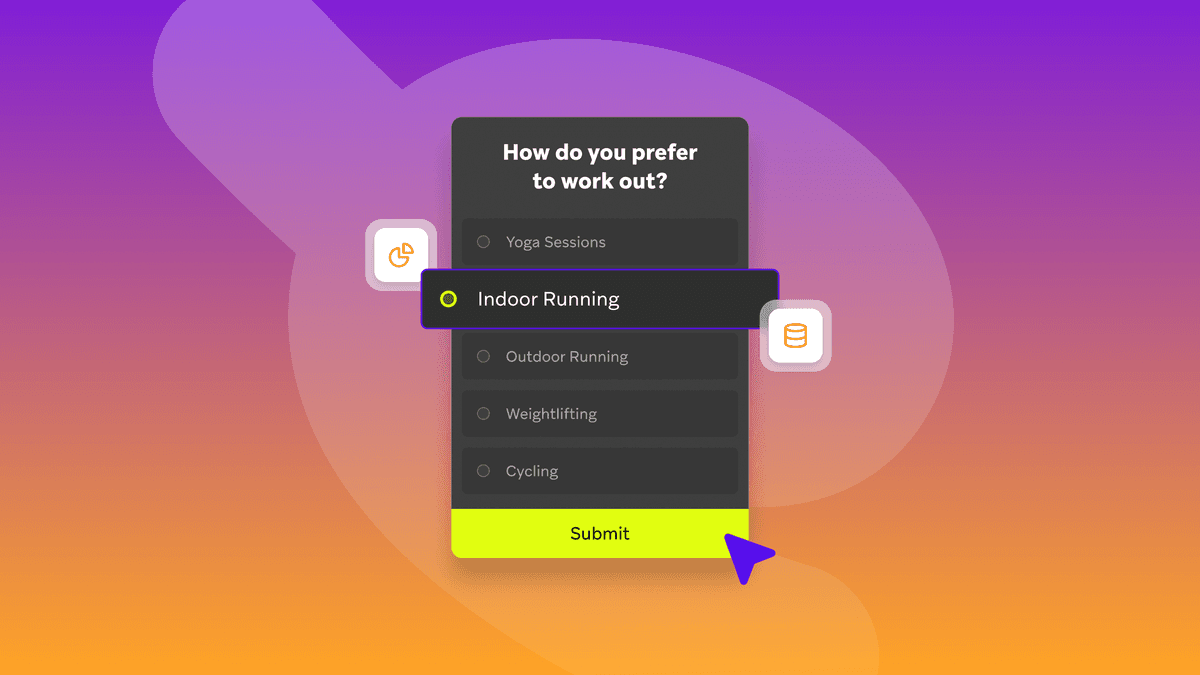

Team Braze
As consumers grow more conscious about how brands are using the personal information they share, they're increasingly seeking transparency and value from the companies they choose to engage with. This shift is making zero-party data—the information that customers choose to share with brands—more important than ever.
Adopting a zero-party data strategy can drive significant benefits for your brand, but getting it right requires the right tools, resources, and understanding. In this guide, we'll focus on zero-party data, compare it to other forms of information (including first-party, second-party, and third-party), and then show you how to effectively take advantage of it in your customer engagement strategy.
In this guide, we'll cover:
- What is zero-party data?
- Why brands should care about zero-party data right now
- What are the other types of data and the differences between them?
- The advantages of a zero-party data strategy
- How to create a zero-party data strategy
- How to collect and use zero-party data
- Real-world zero-party data examples
- Zero-party data FAQs
- How to leverage zero-party data with Braze
What is zero-party data?
Zero-party data is any information that customers willingly and proactively share with a brand. It is often shared with the expectation that these customers will receive a better experience in return.
Zero-party data definition
"Zero-party data is that which a customer intentionally and proactively shares with a brand. It can include preference center data, purchase intentions, personal context, and how the individual wants the brand to recognize [them]," according to Forrester research, who first defined and introduced the term.
If you use polls, quizzes, or questionnaires to capture more information about your customers, that’s zero-party data. This direct approach allows brands to gain accurate insights into customer desires, leading to more personalized and effective messaging, marketing campaigns, and strategies.
Why brands should care about zero-party data right now
Zero-party data has become increasingly important for businesses aiming to strengthen personalization and build trust. That’s because it allows marketers to tailor their offerings based on explicit customer preferences, leading to more relevant and engaging experiences.
As data privacy regulations tighten and third-party data sources wane, prioritizing zero-party data helps brands maintain compliance and act on more relevant information. Third-party cookies have been in declining use for several years now, with the current (and often shifting) status being that Google is now allowing Chrome users to “make informed choices about their cookie priorities.” In other words, users can choose the information their Chrome browser tracks.
Other browsers have also have restricted or sunset third-party cookies. Firefox has Enhanced Tracking Protection (ETP), which blocks third-party cookies from known trackers by default, while Apple Safari completely blocks third-party cookies with its Intelligent Tracking Prevention (ITP)
In the 2025 Braze Global Customer Engagement Review, 99% of surveyed marketing executives say plans to use advanced personalization have been impacted by data privacy concerns. This move towards zero-party data not only helps manage potential legal risks but also aligns with consumers' growing desire for control over their personal information.
Not every user wants to be known. Some will choose to stay anonymous, but there are still ways you can personalize the experience for them, through the use of other types of data.
What are the other types of data and the differences between them?
First-party data vs zero-party data
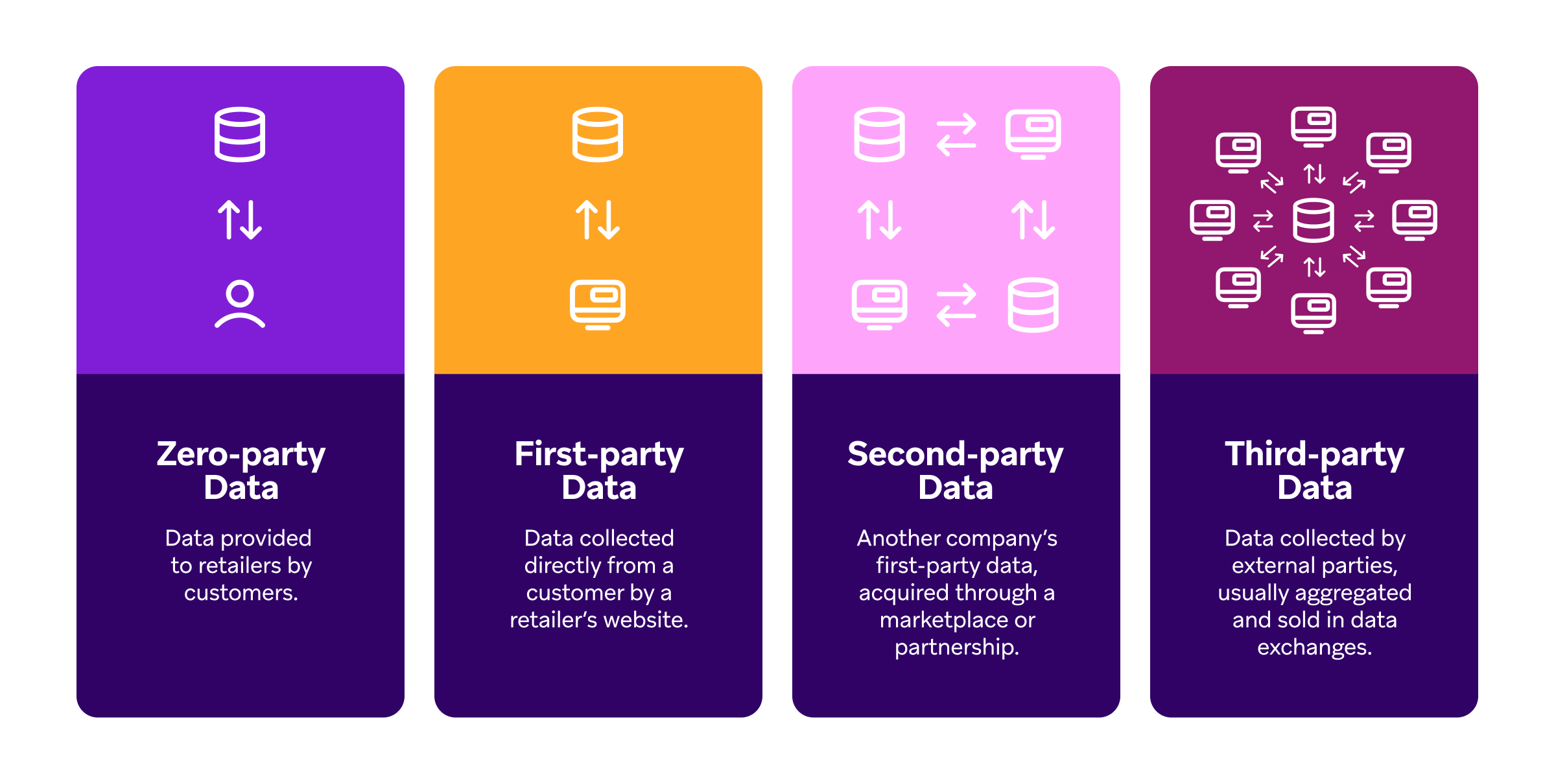
Understanding the different types of customer data is essential for businesses aiming to personalize experiences and build trust. Here's a breakdown of zero-party, first-party, second-party, and third-party data:
Zero-Party Data
As a reminder, this is information that customers intentionally and proactively share with a brand. It can include preference center data, purchase intentions, personal contexts, and how individuals want to be recognized by the brand. The primary advantage of zero-party data is its accuracy and the clear consent provided by customers, minimizing privacy concerns and allowing brands to move forward with more confidence that the experiences they’re serving up will resonate. However, customers expect a value exchange for sharing this information, and there can be discrepancies between stated preferences and actual desires.
First-Party Data
Collected directly by companies through their own channels and with user consent—such as websites, mobile apps, social media, SMS, and email—first-party data encompasses customer behaviors like pages visited, items purchased, and time spent browsing. This data is valuable due to its direct collection and reliability. The challenge lies in the time and effort required to gather sufficient amounts, especially from newer customers.
Second-Party Data
Essentially, second-party data is another company's first-party data that is shared or sold through partnerships. It offers additional customer insights, helping to fill in gaps, make customer profiles more useful, and drive sales. However, trust in the data provider is crucial, as the quality and accuracy of the data depend on their collection practices. In addition, using second-party data can lead to situations where you’re personalizing experiences based on data that customers did not intend to share with you, something that can cause marketing actions to feel disorienting or concerning to recipients in some circumstances.
Third-Party Data
Collected from various sources by entities without direct consumer relationships (such as web browsers, market research companies, social listening companies, and data brokers), third-party data is often sold on data exchange platforms. Its vast scope is appealing, but since it's available to multiple companies, exclusivity is lost. The quality and accuracy can be questionable too, and there are significant privacy concerns due to the lack of direct user consent.
While zero-party and first-party data are collected with direct customer interaction and consent, offering higher accuracy and trustworthiness, second-party and third-party data involve external sources, meaning you need to carefully consider data quality and privacy implications.
The advantages of a zero-party data strategy
Implementing a zero-party data strategy offers several key advantages for businesses:
Enhanced personalization
When customers willingly share their preferences and interests, brands can tailor experiences that resonate on an individual level. This direct insight allows for more accurate product recommendations, customized content, and targeted promotions, leading to increased customer satisfaction and loyalty.
Improved data accuracy
Since zero-party data comes directly from customers, it bypasses the need for assumptions or inferences about their preferences. This accuracy means that marketing efforts are based on reliable information, reducing the chances of miscommunication and improving the impact of campaigns.
Increased trust and transparency
By openly requesting information and explaining its intended use, brands can build a sense of trust with their customers. This transparency not only strengthens the customer-brand relationship but also encourages more customers to share their data, knowing it will be used responsibly to enhance their experience.
Compliance with privacy regulations
Collecting data directly from customers with their explicit consent is more likely to align with global privacy laws and regulations. This proactive approach reduces legal risks associated with data privacy violations and demonstrates a brand's commitment to respecting customer rights.
Competitive advantage
Using zero-party data enables brands to differentiate themselves by offering personalized experiences that competitors relying solely on third-party data may struggle to match. This differentiation can lead to increased market share and a stronger brand reputation.
How to create a zero-party data strategy
Developing a dynamic zero-party data strategy is key for businesses who are aiming to excel in customer engagement and personalization while still respecting their users’ privacy. There are several aspects to consider:
1. Define clear objectives
Identify specific goals for collecting zero-party data, such as enhancing personalization, improving customer engagement, or informing product development. Clear objectives guide the data collection process and make sure that there is alignment with business goals.
2. Evaluate your current strategy
Assess your existing data collection methods and identify gaps where zero-party data can provide better or additional insights. Understanding your current strategy helps in integrating zero-party data effectively.
3. Communicate the value exchange transparently
Clearly articulate to customers how their shared data will be used and the benefits they will receive in return. This transparency builds trust and encourages customers to participate willingly in data-sharing activities.
4. Offer valuable incentives
Encourage customers to share their preferences by providing meaningful rewards, such as personalized recommendations, exclusive content, or special discounts. This motivates customers to participate willingly.
5. Utilize interactive tools
Use engaging methods like surveys, quizzes, and polls to collect zero-party data. These tools make the data collection methods enjoyable for customers and generate valuable insights.
6. Integrate with existing data and marketing strategies
Zero-party data collection should align seamlessly with your overall customer data, content, and marketing initiatives. This integration allows for a joined-up approach where all channels, campaigns, and analytics work in harmony to deliver the personalized experiences your audience expects.
7. Incorporate zero-party data across all channels
Embed zero-party data collection touchpoints throughout your cross-channel strategy. Use various methods—such as emails, SMS campaigns, on-site experiences, quizzes, and surveys—to gather valuable customer insights.
8. Prioritize data privacy and security
Implement robust data protection measures to safeguard customer information so that you are compliant with regulations but also strengthening customer trust in your brand.
9. Analyze and act on the data
Regularly review the collected data to uncover patterns and preferences. Use these insights to tailor marketing strategies, product offerings, and customer experiences to drive actionable outcomes.
Zero-party data collection
Zero-party data collection can significantly improve a brand’s personalized marketing strategies and when that data is harnessed properly, strengthen customer relationships as well. Here's how to approach both aspects effectively.
How to collect zero-party data
Interactive experiences: Engage customers through interactive tools such as polls, quizzes, and surveys. These methods not only provide valuable insights into customer preferences but also enhance engagement by offering personalized experiences.
Preference centers: Allow your audience to customize their experiences by selecting their interests, communication preferences, and product preferences. This empowers customers to control the information they share, building trust and relevance.
Registration forms: During account creation or newsletter sign-ups, include optional fields that invite customers to share more about their preferences and interests. This approach gathers valuable data without being intrusive.
Post-purchase feedback: After a transaction, ask for feedback regarding the customer's experience and product satisfaction. This not only demonstrates that you value their opinion but also provides insights for future personalization.
How to use zero-party data
Personalized content: Tailor your marketing messages, product recommendations, and content based on the data provided by customers, so that they are relevant and resonate with individual preferences.
Customized promotions: Develop special offers or discounts that align with the specific interests and behaviors of different customer segments, increasing engagement and conversion rates.
Enhanced customer journeys: Use the insights gained to refine the customer experience across touchpoints, for interactions that are smooth and personalized.
Product development: Use the data to inform product innovation and development, so that new offerings align with customer desires and expectations.
Real-world zero-party data examples
The following campaigns all used zero-party data to achieve goals specific to their business. They worked closely with Braze to maximise available data and develop customers to offer more. Here’s how they did it.
Zero to hero: How ShareTheMeal used zero-party data to create a personalized campaign
ShareTheMeal is a fundraising app developed by the United Nations World Food Programme (WFP), aiming to combat global hunger by enabling users to donate meals to those in need. Donors can select from various causes and countries, with campaigns translated into 14 languages to maximize reach.
The Problem
While donors contributed to specific causes, their engagement was often sporadic, and many sought more transparency regarding the impact of their donations. This irregularity in contributions posed challenges to sustaining ongoing support for WFP initiatives.
The Strategy
To enhance donor engagement and retention, ShareTheMeal introduced the "Field Hero" campaign. This initiative provided donors with personalized updates, including images and videos from WFP staff in the field, showcasing the direct impact of their contributions.
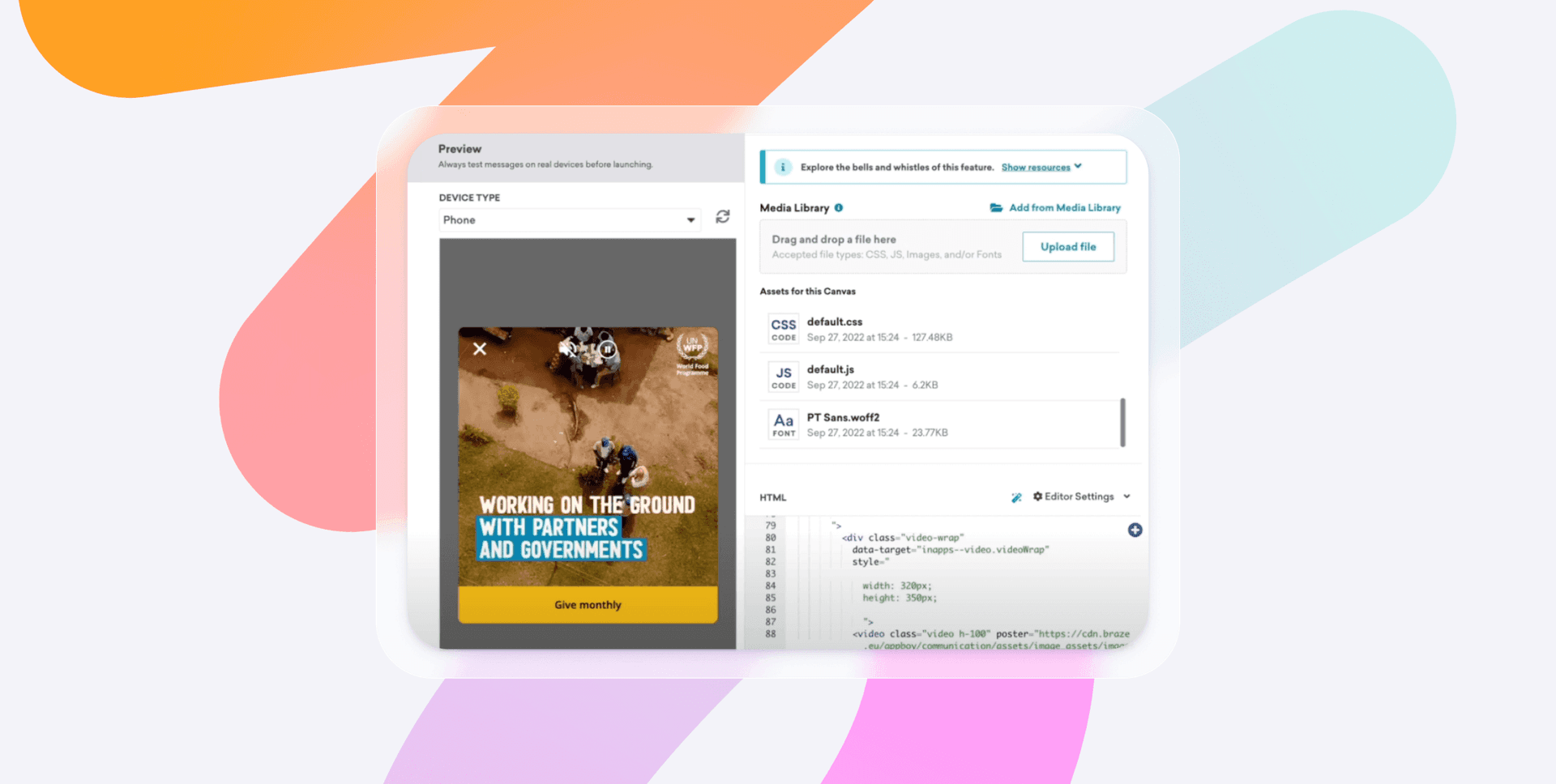
At the beginning of the project, the team collected user insights from in-app surveys, user interviews, customer support inquiries, and email questionnaires to gain a better understanding of audience needs and interests. By integrating these insights into the “Field Hero” campaign and sending in-app messages and push notifications, donors felt more connected to the mission, fostering a sense of community and shared purpose.
The Result
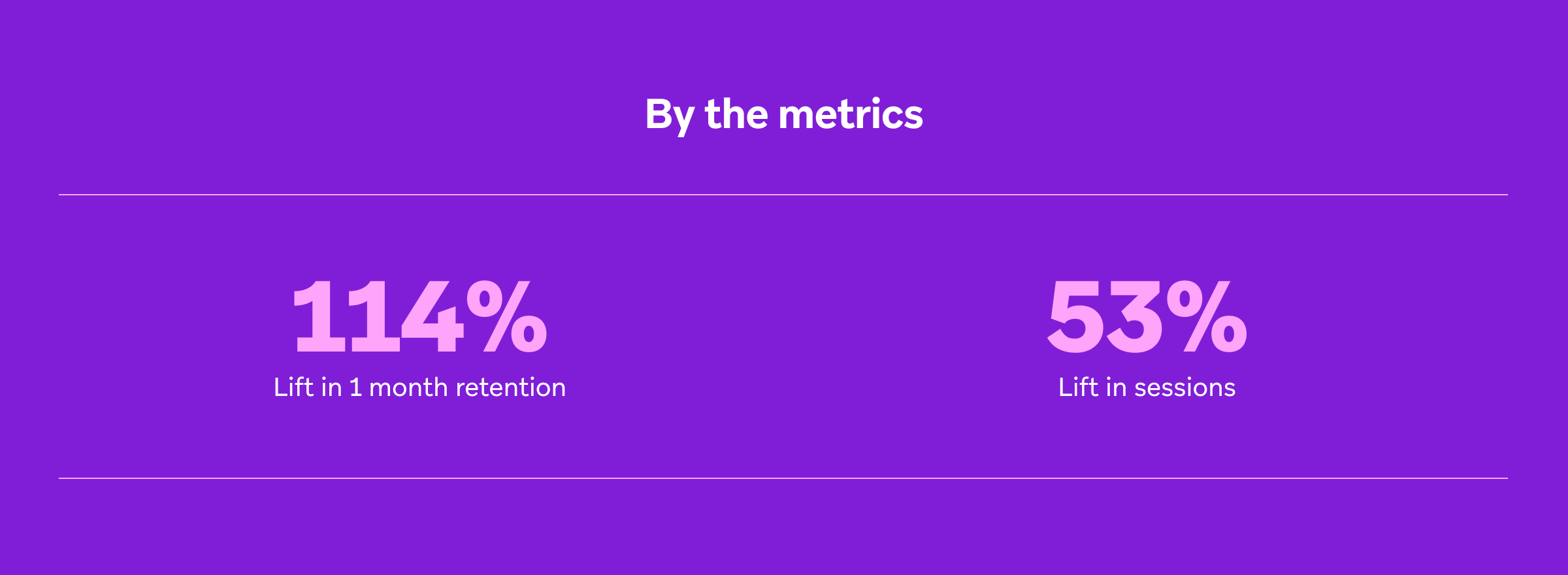
The "Field Hero" campaign led to significant improvements in donor engagement metrics:
- 114% increase in one-month retention: Donors were more likely to return to the app and continue their support.
- 53% increase in session frequency: Enhanced engagement with the app indicated a deeper connection to the cause.
Enchanting engagements: Max’s magical use of zero-party data to charm viewers
Max (formerly HBO Max) is a direct-to-consumer streaming platform under Warner Bros. Discovery, offering a diverse catalog of high-quality entertainment. The platform emphasizes storytelling and seeks innovative ways to engage its audience.
The Problem
Ahead of the release of "Fantastic Beasts: The Secrets of Dumbledore," Max aimed to boost engagement among fans of the Wizarding World franchise by providing tailored content recommendations.
The Strategy
Max implemented a "What's Your Hogwarts House" survey using a Simple Survey in-app message to collect zero-party data directly from users. Based on their house selection, users received personalized emails or push notifications featuring their house crest and curated content recommendations aligned with their preferences.
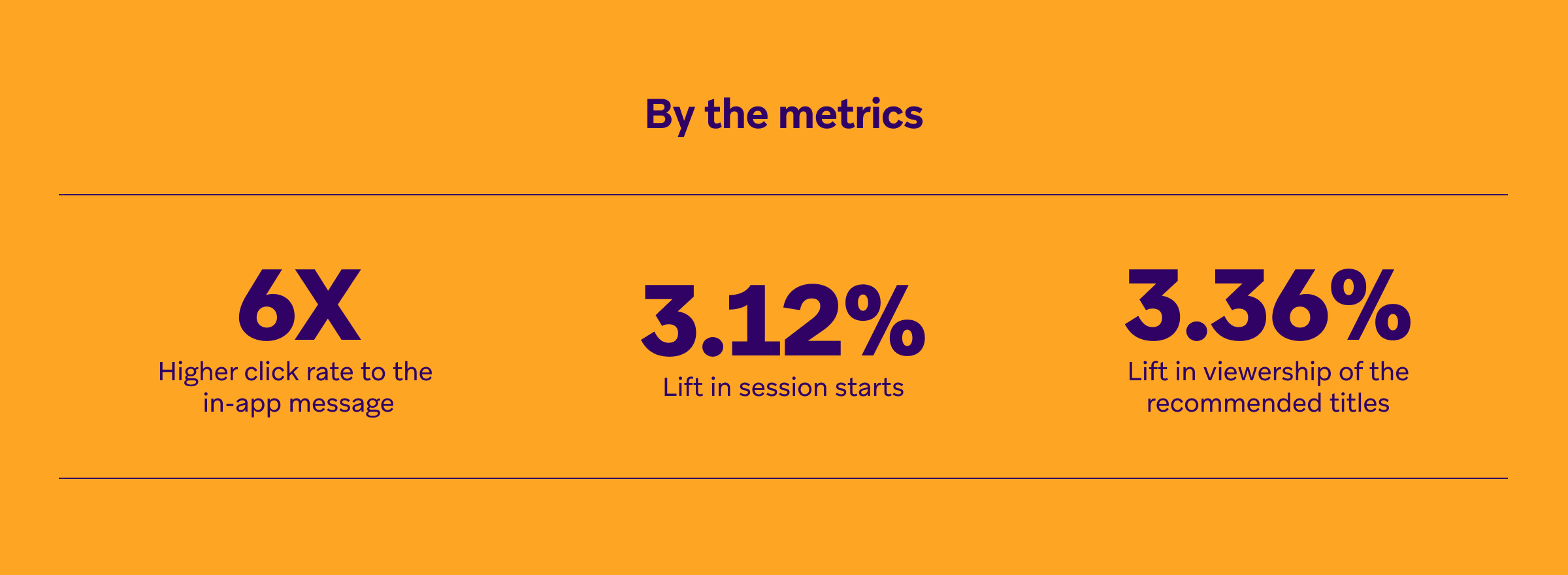
The Result
The campaign led to a 3.36% increase in viewership of recommended titles, a 3.12% rise in session starts, and a sixfold higher click rate on the in-app message compared to benchmarks.
Flexing data muscles: How Gympass lifted engagement with zero-party insights
Gympass is a wellness platform that partners with over 50,000 gyms, studios, trainers, and wellbeing apps worldwide. Operating on a B2B2C model, Gympass collaborates with more than 10,000 employers to provide employees with subsidized access to diverse wellness resources, aiming to enhance work-life balance and promote healthier lifestyles.
The Problem
Gympass sought to enhance user engagement by delivering personalized wellness experiences. However, their existing customer engagement platform lacked the capacity to manage thousands of simultaneous, customized campaigns, hindering their ability to experiment and grow.
The Strategy
To address this challenge, Gympass implemented Braze Canvas, our customer journey orchestration tool, to personalize customer journeys. By leveraging user behavior data and in-app surveys, they collected zero-party data—information willingly provided by users about their preferences and goals. This data informed the delivery of tailored messages through email, in-app messaging, and push notifications, aligning with each individual's unique wellness aspirations.
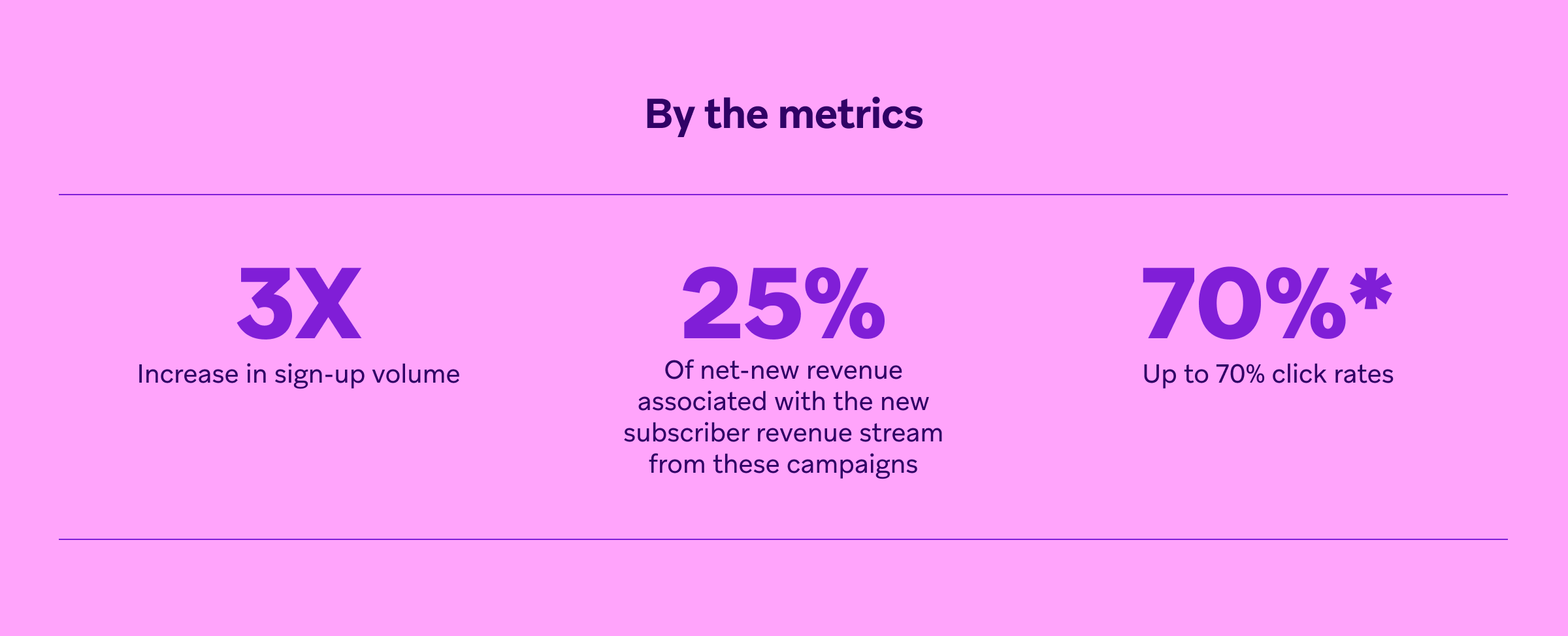
The Result
This personalized approach led to a threefold increase in sign-up volume and contributed to 25% of net-new revenue in their new subscriber stream. Additionally, Gympass achieved click rates of up to 70% and improved conversion rates by up to 5% through the implementation of surveys and customized user flows.
How to leverage zero-party data with Braze
Zero-party data represents a pivotal shift in how brands understand and engage with their customers. By actively inviting customers to share their preferences and intentions, businesses can build deeper trust and deliver more personalized experiences.
Braze makes it possible for brands to not only seamlessly gather zero-party data across their apps, websites, and digital properties, but also to take action on those insights in the moment and across channels to provide richer, more personalized experiences to recipients.
Zero-party data FAQs
Zero-party data is information that customers intentionally and proactively share with a brand, such as preferences and interests. In comparison, first-party data is collected by the brand based on customers' interactions with its platforms, like purchase history or website behavior.
Second-party data is another organization's first-party data that is shared through a partnership, providing insights from a trusted source. In contrast, third-party data is aggregated from various sources by external entities and sold to multiple organizations, often lacking direct customer consent.
Zero-party data has gained importance due to increasing privacy concerns and the decline of third-party data reliability, offering brands accurate insights directly from customers.
One example of zero-party data is a customer completing a quiz on a make-up website, providing information about their product preferences.
Yes, surveys where customers willingly share their opinions or preferences are considered zero-party data.
Related Tags
Be Absolutely Engaging.™
Sign up for regular updates from Braze.
Related Content
View the Blog
A day in the life of a data scientist on the BrazeAIᵀᴹ forward-deployed engineering team

McKay Jensen

The new inbox reality: How iOS changes are reshaping email marketing

Aparna Prasad

Experience optimization: Turning data insights into better journeys
